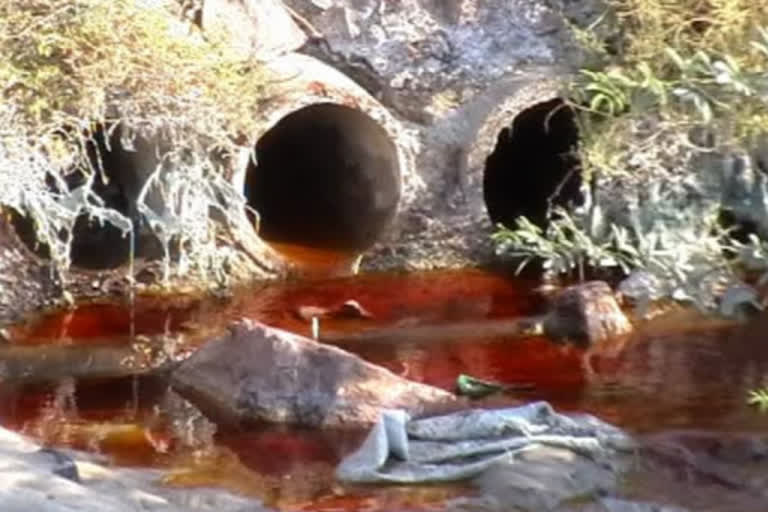Hyderabad: India is a country facing an acute water crisis, as water in almost half of our rivers is not fit for drinking. To make matters worse, ponds, lakes, and even our groundwater is now polluted.
Within the metropolitan area of Hyderabad, industrial and chemical waste has been issuing a death sentence to around 185 water bodies. Although the water and air quality has relatively improved during the lockdown, the release of waste silently into our water bodies is carrying on. Tons of chemical waste is being poured into all the water sources, including Hussain Sagar, on which the government has already spent over Rs 400 crore in the name of purging.
The Telangana High Court accused authorities of sleeping on the issue of illegal encroachments and construction of houses in the water bodies, and recently commented whether the government would like to convert 'Hyderabad to Jaisalmer.'
But that is not all. Recently, the death of hundreds of ducks in the 'Munneru Vagu' created an uproar. Even in the past, there have been in-depth articles on the role of chemical waste, such as chloromethane, in the wake of large-scale pile-up of dead fish in Gandigudem and Gaddi Potaram Pedda Cheruvu. Field-level analyses further confirm that the situation is still far from improving.
However, this is not a problem confined to one region alone. A study by the organisation 'Water Aid' reveals that 80 per cent of surface waters in the country have been contaminated, which shows the severity of the situation.
In the 1960s, the city of Bengaluru was flourishing with over 260 lakes. Sadly, only 10 lakes remain in the city today. Similarly, Ahmedabad with 137 water pools two decades ago, lost half of them by 2012 with encroachments and constructions. It is estimated that over the past twelve years, water sources in more than 3200 hectares of area in the city have disappeared.
Read:It's kind of war, need to keep corona warriors happy: SC on doctors' salary
